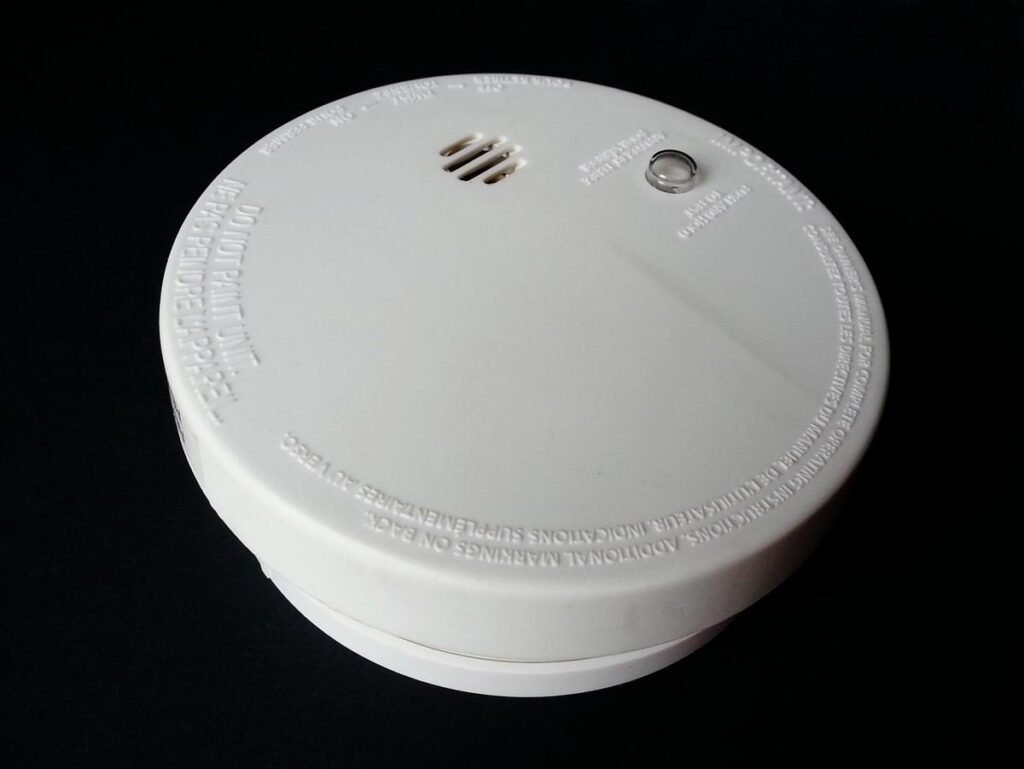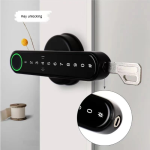Dependable visual and audio alert devices are vital in modern security and life safety designs. As threats grow more sophisticated and networks expand, these components link detection hardware to real-world action. Without clear, unmistakable cues, even the best detection sensors can leave occupants unaware of danger and slow critical responses.
Systems employ smoke sensors, motion detectors, heat probes and opening contacts to spot hazards. Yet raw detection only collects data. Alert modules take that input and broadcast it clearly. When a signal registers, these units convert an electronic trigger into an audible siren, flashing light or voice announcement designed to prompt immediate evacuation.
Security integrators now rely on more than a single notification path. A combination of high-decibel sirens with multiple tone patterns and high-intensity strobes help warnings break through ambient noise and attract both sight and hearing attention to signal a hazard. This two-pronged approach answers rising occupant expectations and meets critical code requirements for comprehensive notification coverage.
Sirens are engineered to reach required decibel levels without posing a risk to hearing, often operating between 85 dB and 110 dB. Strobe units deliver intense flashes calibrated in candela so they stand out in daylight or low-visibility conditions. This pairing accommodates individuals with hearing loss or those using headphones, while complying with NFPA 72 and ADA guidelines.
Audible alarms—such as horns, sirens or voice evacuation modules—pierce through background sound to deliver urgent instructions. Visual devices—xenon strobes or LED indicators—confirm that a warning has been issued even if noise is overwhelming. These alerts play a crucial role in factories, schools, hospitals and other busy spaces where distractions or machinery noise can mask danger.
Designers now build multi-sensory alert systems as standard in new installations. Integrations in corridors, stairwells and large assembly areas help guarantee full coverage in every occupancy type. Specifying both sound and light as primary notification means avoids the risk of relying on a single alert method and fulfills most local and national fire safety codes.
Recent advances tie alert modules into broader security networks. Rather than stand-alone units, today’s devices connect via IP or bus protocols to fire panels, mass notification systems, access control controllers and video surveillance platforms. Programmable settings allow one event—like smoke detection or forced entry—to trigger alarms, lights, phone alerts and door releases all at once.
Imagine a site where a smoke detector trips at dawn. The integrated system flares a strobe, activates the siren, sends texts to designated staff, opens exit doors and logs the incident on a central dashboard. This form of automation accelerates response times, cuts manual steps and lowers the chance of an overlooked alert in high-stakes environments.
Device makers have refined alert modules to deliver both performance and polished design. Slim-profile sounders blend with ceilings or walls, while strobes offer various lens colors to indicate specific threats. Adjustable tones and volume controls adapt to fire, intrusion or gas-leak events. Field commissioning tools and intuitive menus streamline installation and maintenance.
In residential settings, connected alert devices integrate with smart home platforms and voice assistants. Homeowners receive notifications on phones or speakers, and routines can be set so lighting shifts on, cameras activate or HVAC systems adjust automatically when an alarm triggers. This sync enriches daily living and embeds safety into a broader automated response.
Security integrators advising clients on choosing alert modules should weigh several factors:
- The environment: factors such as ambient noise level, existing lighting conditions, types of activities and the number of occupants guide decisions on the ideal alert module, its intensity settings and coverage requirements.
- Notification intensity: adjustable decibel ranges and candela outputs let designers customize alerts to the size, function and acoustics of a space, whether a large industrial hall, a mid-size auditorium or a compact stairwell.
- Mounting location: devices should be placed along primary egress routes, near kitchens, mechanical rooms and open areas where occupants gather, so warnings are seen and heard promptly.
- Smart integration: modules supporting IP connectivity, remote diagnostics, scheduling and over-the-air firmware updates allow teams to verify system health, adjust settings and troubleshoot issues from a central console or mobile interface.
- Regulatory compliance: choosing alert solutions that align with NFPA 72, ADA guidelines and local fire safety codes ensures system acceptance, simplifies inspections and maintains occupant protection as regulations evolve.
For organizations working with tight budgets, focusing on high-priority areas first can spread costs over multiple phases. Integrators often recommend starting with main corridors, stairwells and large meeting rooms. Blending existing detectors with new multi-sensory notification devices delivers an affordable path to upgraded safety without full system replacement. This phased method lets teams assess performance and adjust coverage before expanding to lower-risk zones.
Looking ahead, machine learning could analyze building occupancy data, time-of-day patterns and historical event logs to adjust alert thresholds or delay lower-priority notifications. Systems may learn to trigger different tones or light patterns based on routine activity, reducing false alarms and tailoring responses to real-time conditions.
AI-driven video verification is poised to further improve accuracy. By cross-referencing camera feeds with alarm inputs, systems can confirm a genuine smoke plume or forced entry before sounding full alarms. Verified alerts streamline emergency dispatch, cut nuisance activations and focus attention on confirmed incidents.
Security integrators can no longer view multi-sensory alerts as optional extras. In an environment where threats grow more sophisticated and end users demand seamless technology experiences, integrating audio, visual and networked notifications forms the foundation of a modern safety strategy for any facility size or type. Firms that adopt these solutions now help clients streamline inspections, minimize liability and deliver a higher standard of protection across all operations.



